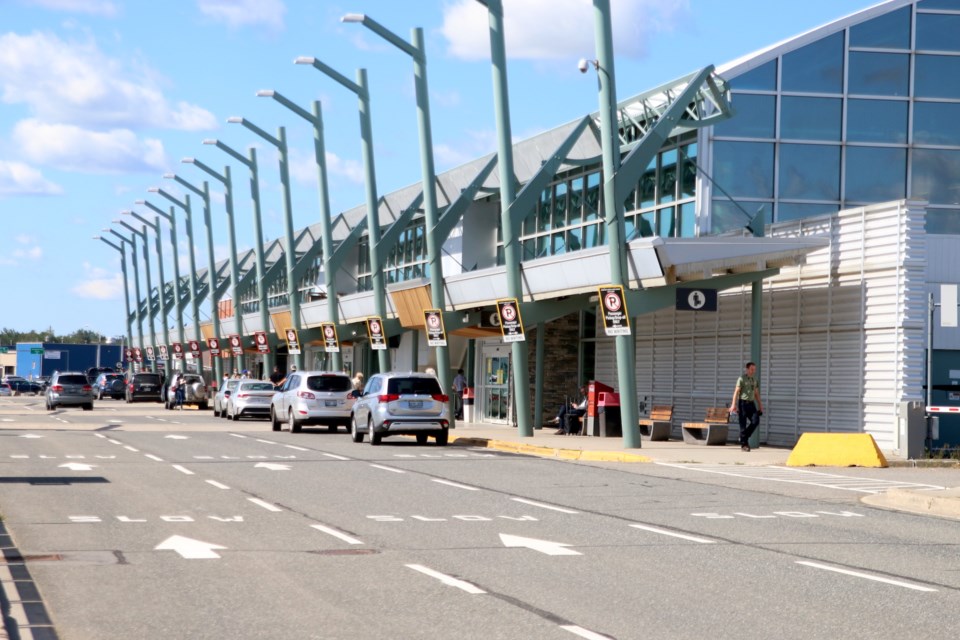THUNDER BAY - Since the start of the COVID-19 pandemic, traffic volumes at the Thunder Bay International Airport have been reduced by as much as 90 per cent, and while more people are travelling by air as infection rates decline, a multimillion investment from the federal government will help the airport maintain services as it eagerly awaits the return of pre-pandemic traffic.
“Traffic has been down to around 20 per cent of normal since March 15. At its worst, we were down 90 per cent of normal passenger volumes,” said Ed Schmidtke, president and CEO of the Thunder Bay Airport Authority.
“In that time, we have taken a number of cost-cutting initiatives but we have had to keep the airport open for essential workers to come and go during the worst part of the pandemic. So we have been operating at substantial losses ever since the pandemic started in the middle of March 2020.”
On Thursday, the federal government announced a $3.5 million in financial support to the Thunder Bay International Airport Authority. The FedNor funding is a non-repayable contribution meant to mitigate the financial pressures of the pandemic and is expected to maintain more than 27 jobs.
“It’s a liquidity boost which is very welcome because the COVID pandemic has been really hard on the airport for the last 16 months,” Schmidtke said.
Schmidtke added the Airport Authority has not yet determined how to use the $3.5 million, as there are a number of factors that need to be taken under consideration.
“Given the number of positions we left vacant, given some forecasts we still have to do on how quickly revenue will return, given some servicing obligations, we have a lot of decisions to make based on what we think the future will look like and how best to maintain the operation of the airport with these very needed funds,” he said.
With more restrictions easing across much of the country, air travel has increased over the summer. The addition of new carriers in August and the return of Porter Airlines in September are expected to increase traffic as well, but Schmidtke said it still comes down to whether or not people are buying tickets to fly.
“The airport has gotten busier over the last couple of months, but we are still operating at somewhere between a third to a half of normal pre-COVID summer volumes,” he said.
“It will be interesting to see how businesses react in September to air travel. Will other businesses that have also suffered resume discretionary air travel, will business traffic return in good volumes, we don’t know. That is part of what we have to assess before making decisions on what to do with these new funds.”